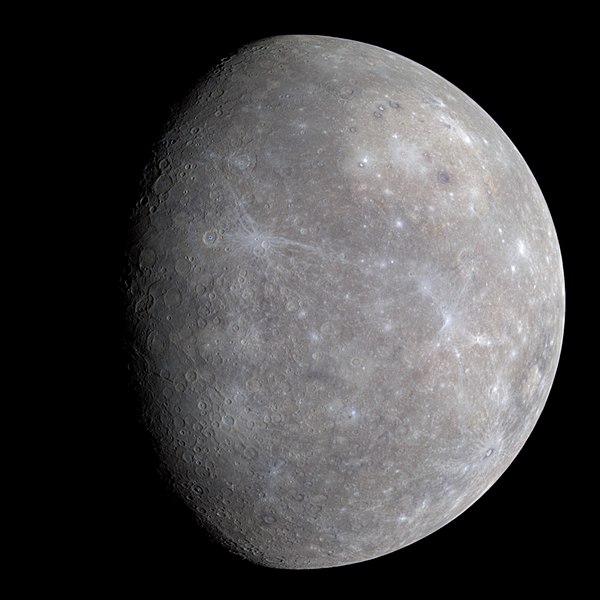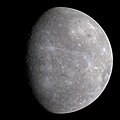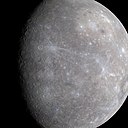Figura:Mercury in color - Prockter07-edit1.jpg

Amzure dë sta preuva: 600 × 600 pontin. Àutre arzolussion: 240 × 240 pontin | 480 × 480 pontin | 768 × 768 pontin | 1 024 × 1 024 pontin | 1 950 × 1 950 pontin.
Archivi original (1 950 × 1 950 pontin, amzure: 734 KByte, sòrt MIME: image/jpeg)
Stòria dl'archivi
Ch'a-i daga un colp col rat ant sna cobia data/ora për ës-ciairé coma a restèissa l'archivi ant col moment-là.
| Data e Ora | Miniadura | Amzure | Utent | Coment | |
|---|---|---|---|---|---|
| dël dì d'ancheuj | 17:12, 3 giu 2008 |  | 1 950 × 1 950 (734 KByte) | Jjron | {{Information |Description={{Information |Description=Full color image of from first MESSENGER flyby |Source=NASA/JPL [http://messenger.jhuapl.edu/gallery/sciencePhotos/image.php?page=1&gallery_id=2&image_id=143] |Date=2008-01-30 |Author=NASA/[ |
Anliure a le figure
Le pàgine sì-sota a l'han andrinta dj'anliure a sta figura-sì:
Dovragi global dël file
J'àutre wiki sì sota a deuvro st'archivi-sì:
- Usagi dzora ar.wikipedia.org
- المجموعة الشمسية
- عطارد
- كوكب
- بوابة:المجموعة الشمسية
- بوابة:المجموعة الشمسية/مقالة متميزة
- ويكيبيديا:صور مختارة/الفضاء والكون/نظرة إلى الأعلى
- بوابة:علم الفلك/صورة مختارة
- ويكيبيديا:ترشيحات الصور المختارة/عطارد بالألوان
- ويكيبيديا:صورة اليوم المختارة/يناير 2018
- قالب:صورة اليوم المختارة/2018-01-13
- بوابة:علم الفلك/صورة مختارة/52
- بوابة:المجموعة الشمسية/مقالة متميزة/3
- ويكيبيديا:صورة اليوم المختارة/أغسطس 2021
- بوابة:كواكب
- بوابة:كواكب/كوكب مختار
- قالب:صورة اليوم المختارة/2021-08-24
- بوابة:كواكب/كوكب مختار/2
- Usagi dzora ary.wikipedia.org
- Usagi dzora arz.wikipedia.org
- Usagi dzora ast.wikipedia.org
- Usagi dzora as.wikipedia.org
- Usagi dzora azb.wikipedia.org
- Usagi dzora az.wikipedia.org
- Merkuri (planet)
- Planet
- Vikipediya:Həftənin seçilmiş məqaləsi/oktyabr 2016
- Vikipediya:Həftənin seçilmiş məqaləsi/42. Həftə 2016
- Portal:Günəş sistemi/Seçilmiş məqalə
- Portal:Günəş sistemi
- Vikipediya:Həftənin seçilmiş məqaləsi/sentyabr 2017
- Vikipediya:Həftənin seçilmiş məqaləsi/36. Həftə 2017
- Vikipediya:Həftənin seçilmiş məqaləsi/yanvar 2018
- Vikipediya:Həftənin seçilmiş məqaləsi/5. Həftə 2018
- Usagi dzora ba.wikipedia.org
- Usagi dzora bcl.wikipedia.org
- Usagi dzora beta.wikiversity.org
- Usagi dzora be.wikipedia.org
- Usagi dzora bh.wikipedia.org
- Usagi dzora ca.wikipedia.org
- Usagi dzora ca.wikinews.org
- Usagi dzora ckb.wikipedia.org
- Usagi dzora cr.wikipedia.org
Varda l'usagi global dë st'archivi-sì.




